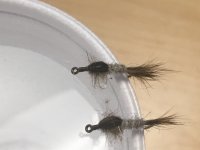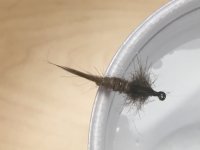FlyGuyGlen
Member
- Joined
- Feb 13, 2017
- Messages
- 148
JerryCoviello wrote:
FlyGuyGlen
check out this document from the Fly Tying Group Bronze Skill Award Handbook.
Let me know if you have any questions. I also have videos on my website www.flytyingtips.com
Jerry Coviello
Thanks Jerry! I'll take a look and might even give the whole handbook a read. Keeping an eye out for your beginner classes.









